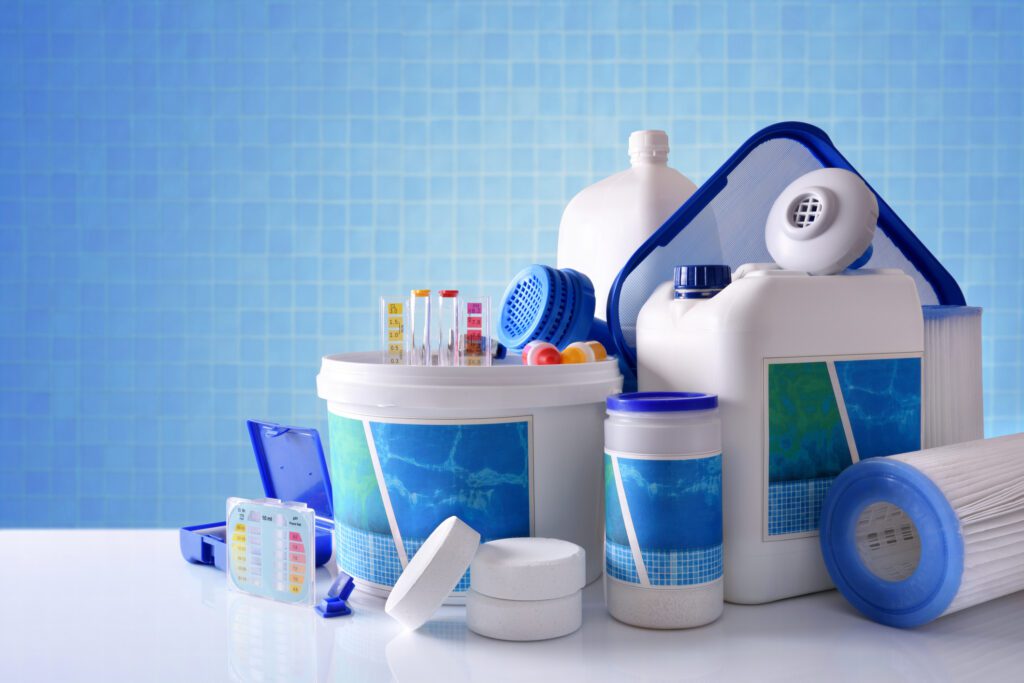
When it comes to effective cleaning, understanding the science behind cleaning solutions is crucial. One of the key factors that determine a cleaning product’s effectiveness is its pH level. But what exactly is pH, and why does it matter in cleaning? At Quality Janitorial Services, we provide professional cleaning services, and we’re here to break it down.
What Is pH?
The pH scale measures how acidic or basic a substance is, ranging from 0 to 14:
- Acidic solutions have a pH below 7.
- Neutral solutions have a pH of 7 (like pure water).
- Basic (or alkaline) solutions have a pH above 7.
This scale is logarithmic, meaning each whole number represents a tenfold difference. For example, a pH of 5 is ten times more acidic than a pH of 6.
Why pH Matters in Cleaning
The effectiveness of a cleaning product often depends on its pH level and the type of soil or surface being cleaned. Using the right pH for the job can mean the difference between a spotless finish and damaged surfaces.
1. Acidic Cleaners (pH < 7)
Acidic cleaners are ideal for removing mineral deposits, rust, and soap scum. They’re commonly used in bathrooms and kitchens for tasks like descaling and tile cleaning. Examples include vinegar and citric acid.
2. Neutral Cleaners (pH = 7)
Neutral cleaners are gentle and safe for most surfaces, making them perfect for daily cleaning tasks. They’re often used on delicate materials like natural stone or hardwood floors.
3. Alkaline Cleaners (pH > 7)
Alkaline cleaners are excellent for cutting through grease, oils, and protein-based stains. They’re often used in kitchens, industrial cleaning, and for cleaning carpets. Examples include baking soda and ammonia-based products.
The Risks of Ignoring pH
Using the wrong pH cleaner can lead to several issues:
- Surface Damage: Acidic cleaners can etch marble or corrode metal, while alkaline cleaners might dull finishes or damage fabrics.
- Reduced Effectiveness: A mismatch between the cleaner’s pH and the type of soil can make cleaning less effective.
- Health Hazards: Extreme pH levels can irritate the skin, eyes, and respiratory system. Always follow safety instructions.
Testing and Adjusting pH
For professional cleaning services, testing the pH of cleaning solutions and surfaces is essential. pH test strips or digital pH meters can provide quick and accurate readings. Adjusting the pH of a solution may involve diluting it or combining it with compatible products to achieve the desired level.
pH and the Environment
Eco-conscious cleaners should also consider the environmental impact of pH. Neutral or mildly alkaline cleaners are often more environmentally friendly, as highly acidic or alkaline solutions can harm aquatic ecosystems if not properly neutralized before disposal.
Conclusion
Understanding and leveraging pH is a cornerstone of effective and responsible cleaning. Whether you’re tackling tough grease stains, maintaining delicate surfaces, or ensuring customer satisfaction in a professional setting, pH awareness ensures better results and protects the materials you’re working with. Always choose the right pH cleaner for the task and follow best practices for safe and effective cleaning. Don’t forget to turn to professional cleaning services when you need expert cleaning solutions backed by science.
